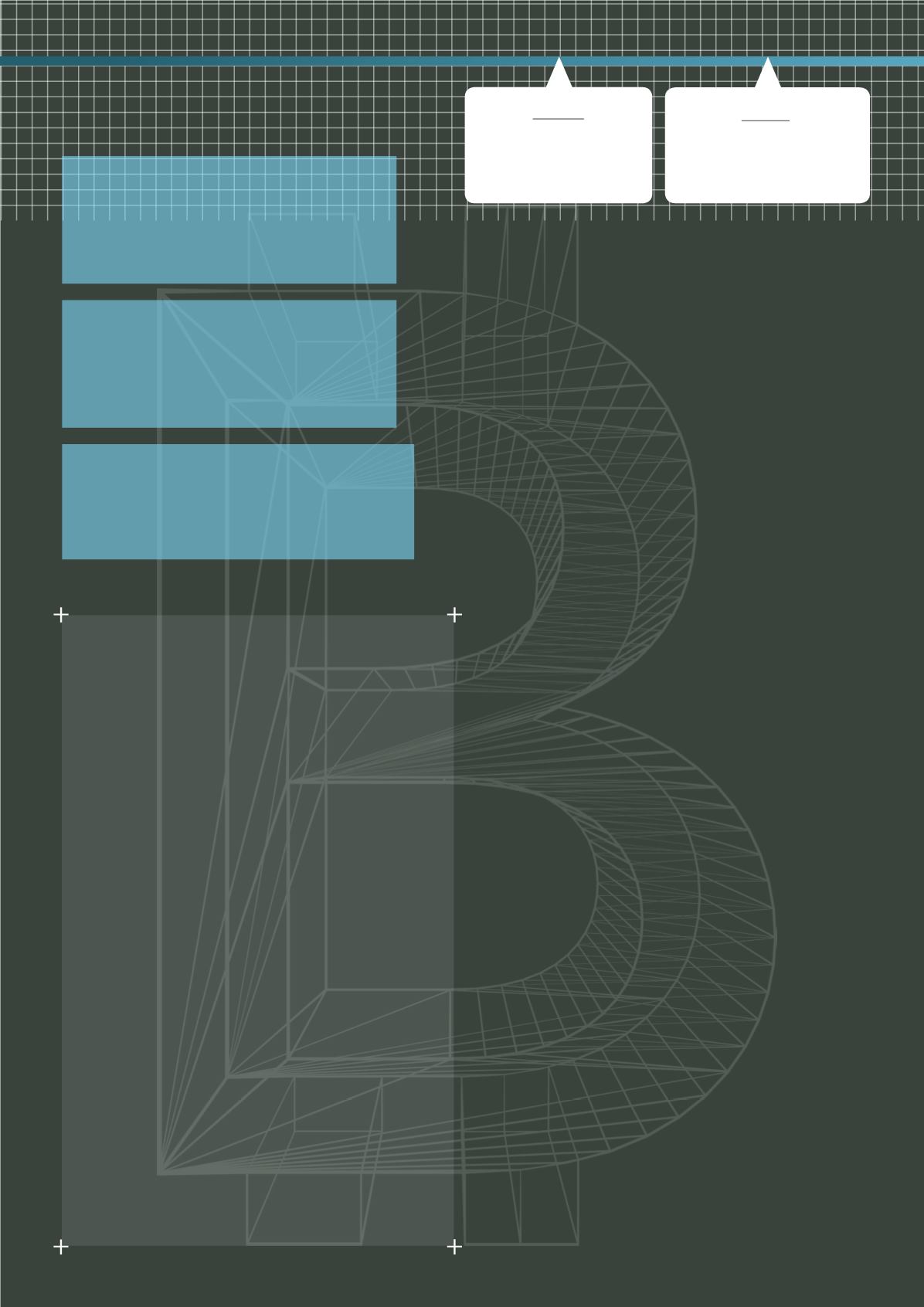
Early 2009
年初
Bitcoin is created by an
anonymous internet user.
一個匿名網民創造比特幣。
Jan. 2014
一月
A hearing on how to regulate
Bitcoin was held in U.S.
美國展開有關如何監管比特幣
的聆訊。
By Yang Yang
楊揚
Bit
Coin
比特幣
Virtual
is not new: it’s a surging
norm. Most of the known virtual products are
derived from tangible concepts affecting only
certain segments of a market. Virtual video
games like Nintendo Wii target gamers,
simulation tests cater for training pilots, and
virtual medical programmes such as Karlsruhe
Endoscopic Surgery Trainer
1
assist surgeons to
perform minimally invasive surgeries. What
about a bigger virtual idea derived from a
commodity that everyone uses: a virtual
currency like bitcoin? How does it operate,
what would transactions be like, and howwould
it orient our daily lives? What is bitcoin ?
虛擬
並非新聞,而是當下的新潮。已知的虛
擬產品大部分是從實體概念衍生,影響細分市場。
例如虛擬遊戲
Nintendo Wii
針對遊戲玩家、 飛行
模擬測驗用於培訓飛行員、虛擬醫藥程式
Karlsruhe
Endoscopic Surgery Trainer
輔助醫生進行微創手
術。若將廣泛使用的商品轉化為虛擬概念,例如虛擬
貨幣「比特幣」,又會怎樣呢?比特幣究竟是怎麼運
作的?虛擬貨幣的交易是怎樣的呢?對於日常生活又
有何影響呢?什麼是比特幣?
The idea of this virtual currency was conceived
in 2008 when a research paper named “Bitcoin:
A Peer-to-Peer Electronic Cash System” was
published. Perhaps in response to the financial
recession in 2008, this paper proposed an alternate
digital transaction where payments are sent directly
from transacting parties
without
going through an
established financial institution [1].
As a mathematically-based protocol, bitcoins
are generated at an approximate rate of 50 coins
per 10 minutes through a process called “mining”,
where a computer solves complex algorithms.
A bitcoin is mined at the arrival of a solution. This
decentralized system is structured so that ultimately
only 21 million bitcoins could be mined by 2140 in
the Bitcoin system, making supplies limited. The
problems are increasingly difficult to solve and
require more powerful computer systems as the
remaining number of solutions diminish. To put
analogous to ‘finding a grain of sand from all the
grains of sand on Earth’ (Ken Shirriff
.
r ighto.com/2014/02/bitcoin-mining-hard-way-
algorithms.html). Like most commodities, bitcoins’
value is determined by supply and demand. As
demand rises, so does the price of bitcoin. In fact, its
demand has risen as high as USD$637 per coin as of
June 2014 and continues to fluctuate.
Transactions using bitcoins are transparent and
neutral. A digital ledger called “block chain” logs
every single transaction that occurs within the Bitcoin
system so that accounts are available for real-
time verification. Transactions occur between user
addresses without revealing personal information
(though this anonymity may be a double-edge
sword depending on the purpose of transaction).
Usage is convenient and easy. So long as a user
is connected to the internet, obtains bitcoins either
directly through a miner or purchases them with real
money and is able to find another bitcoin user willing
to accept bitcoins, a transaction can take place.
The transaction process is similar to e-payment
using Paypal with a user identifying an amount to
pay and transferring it to the recipient’s address.
Without going through an institution, payments
using bitcoins are cheaper with a lower transaction
cost than Paypal.


